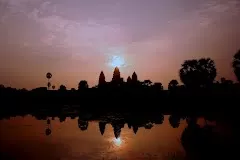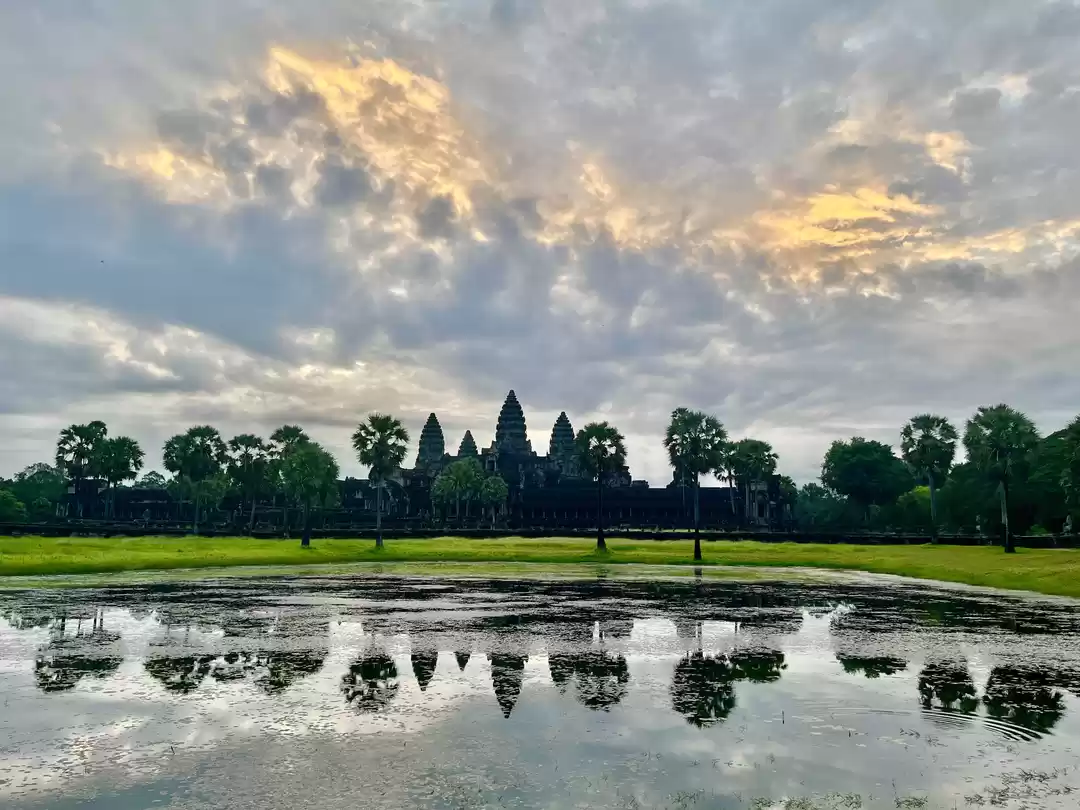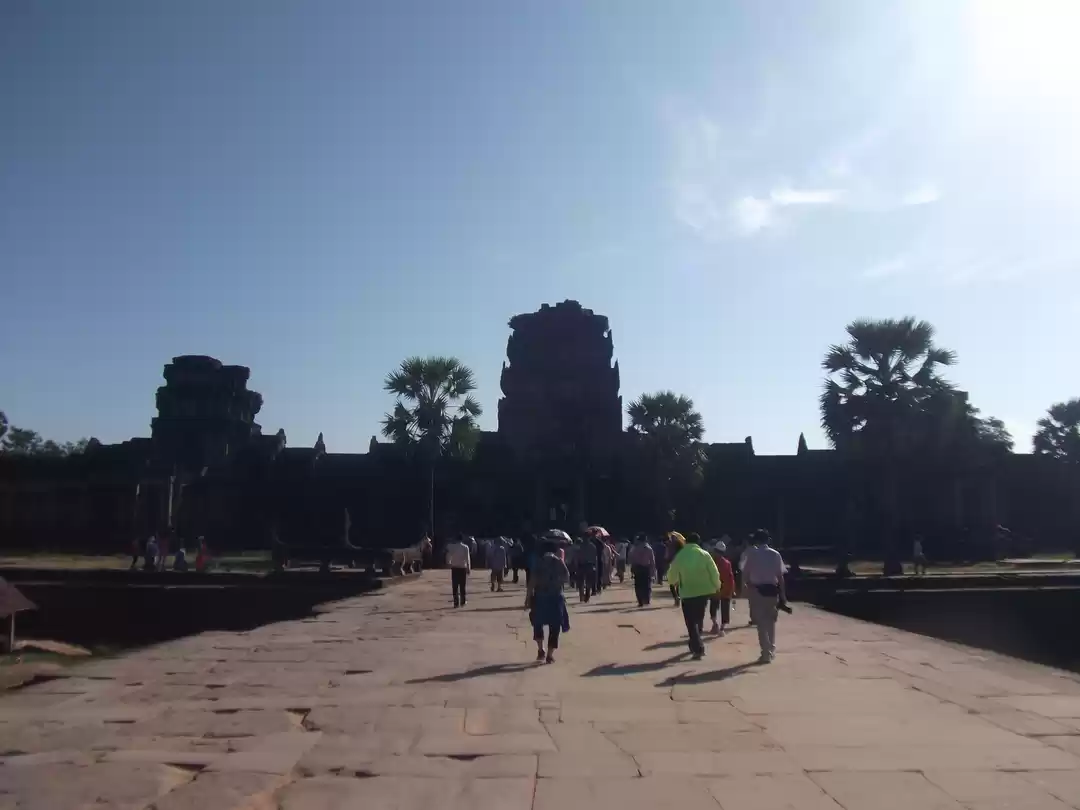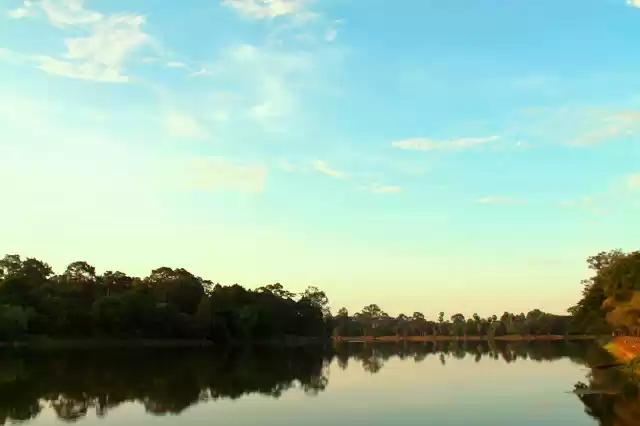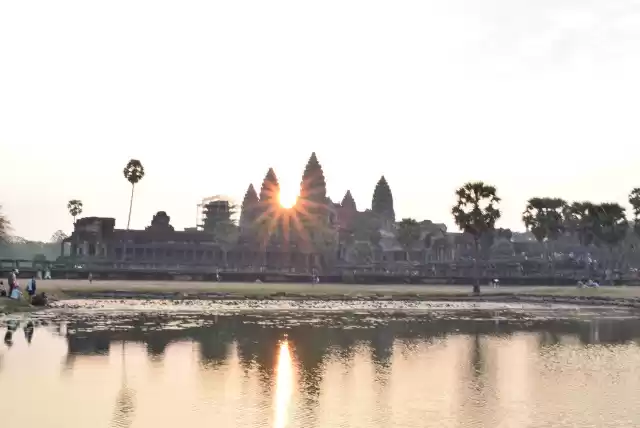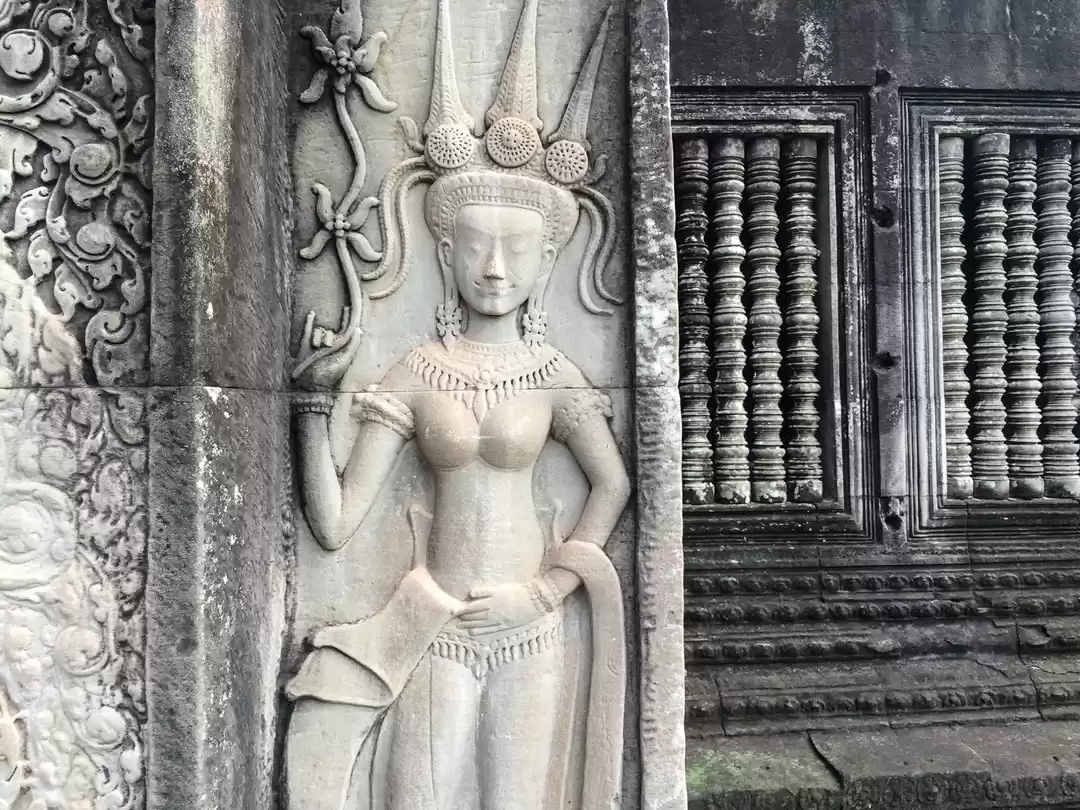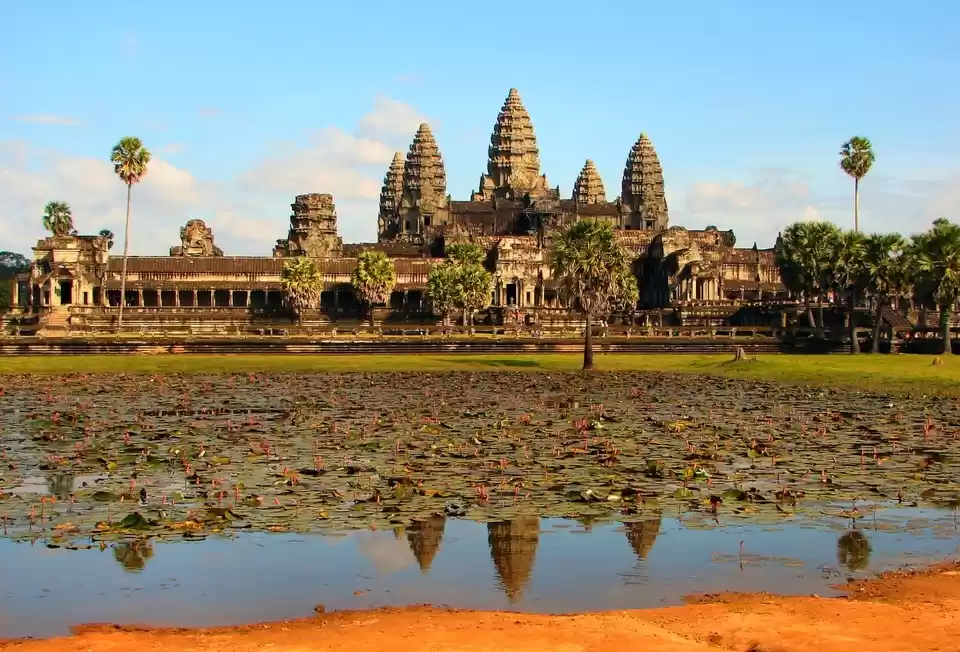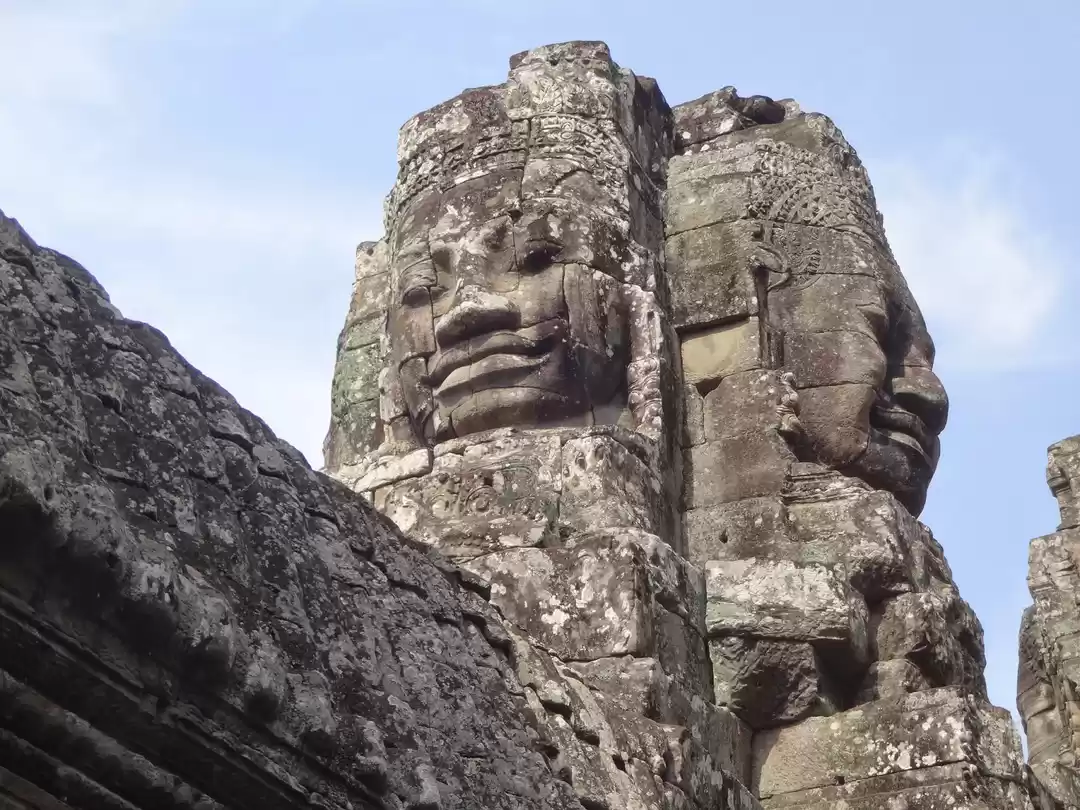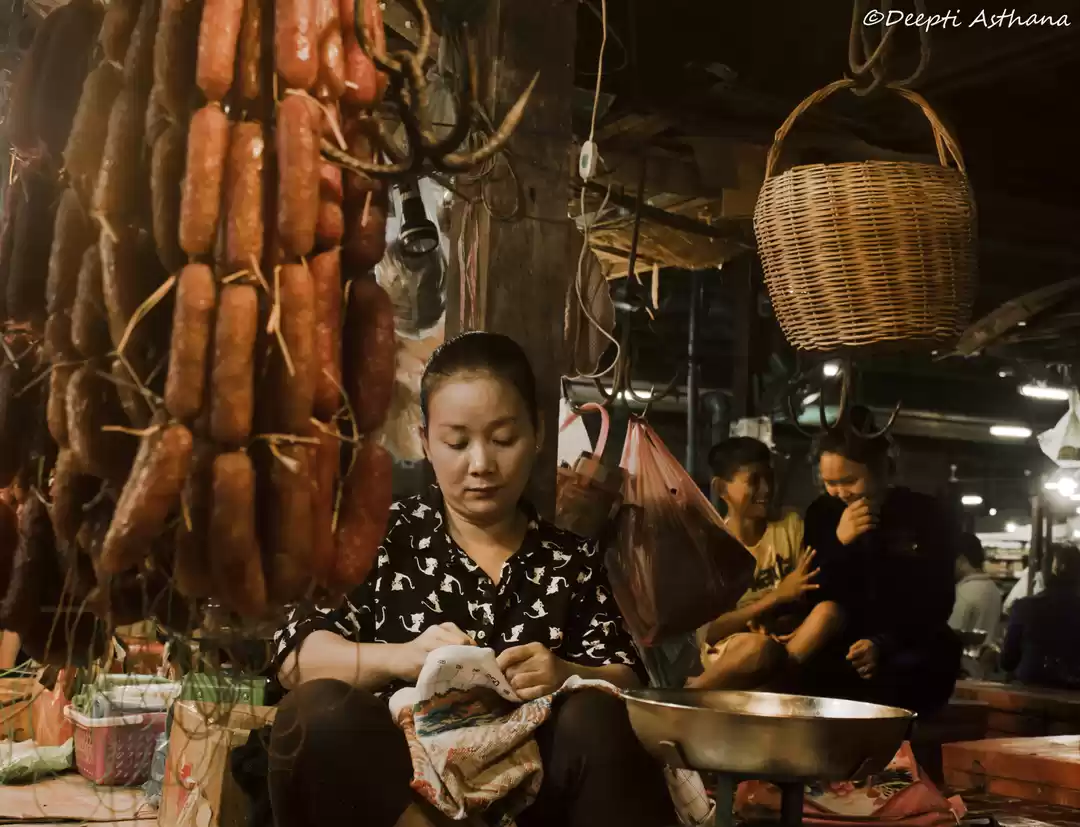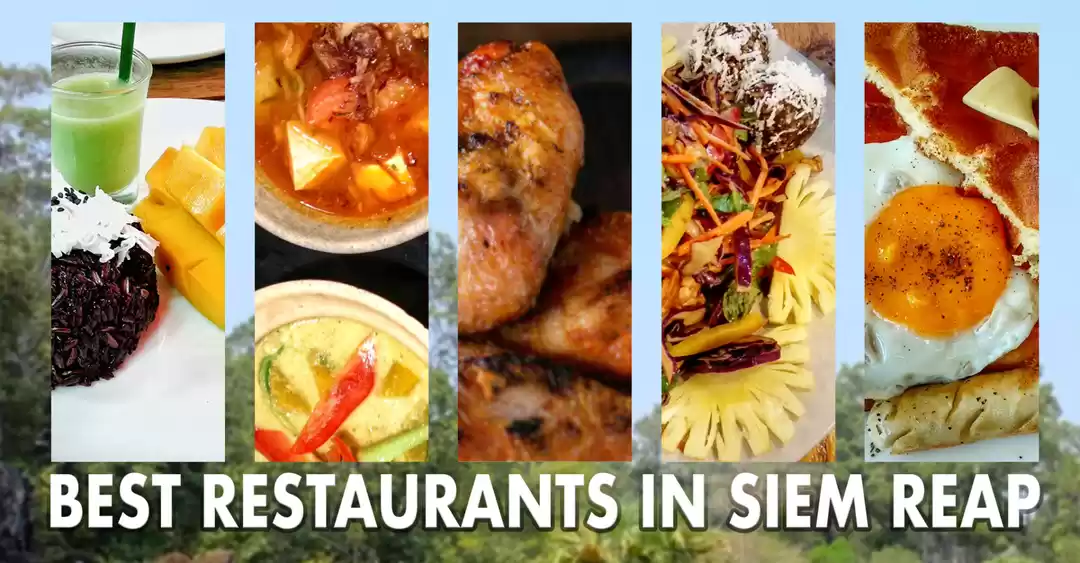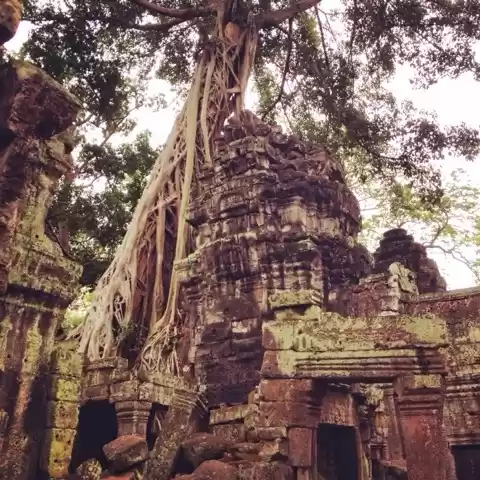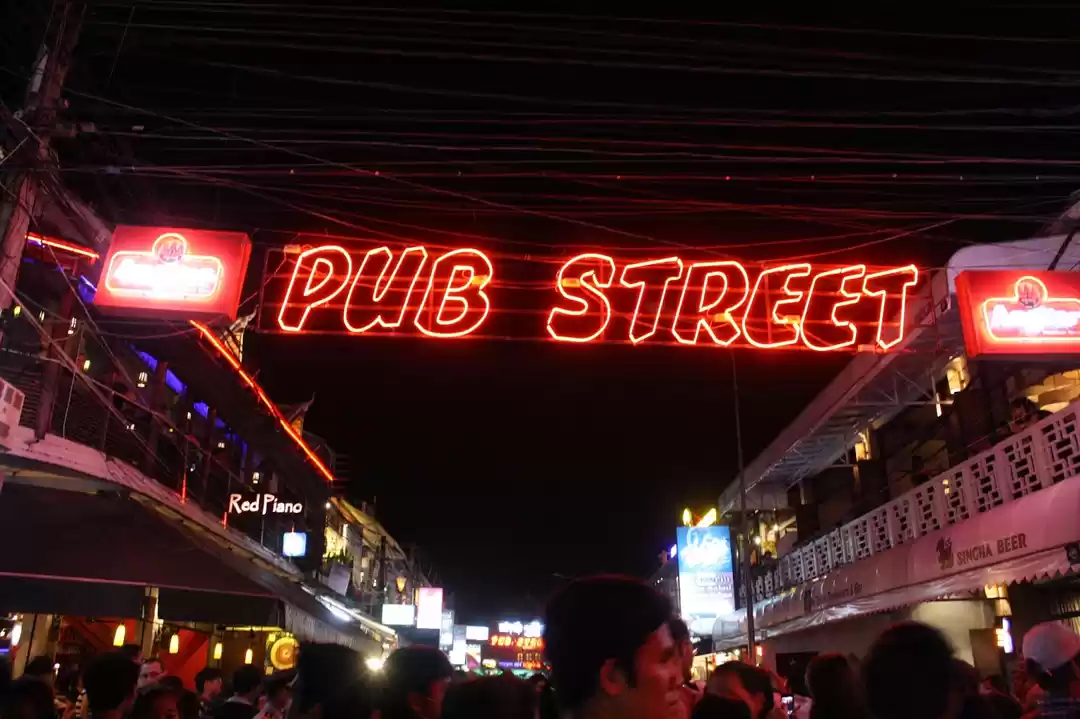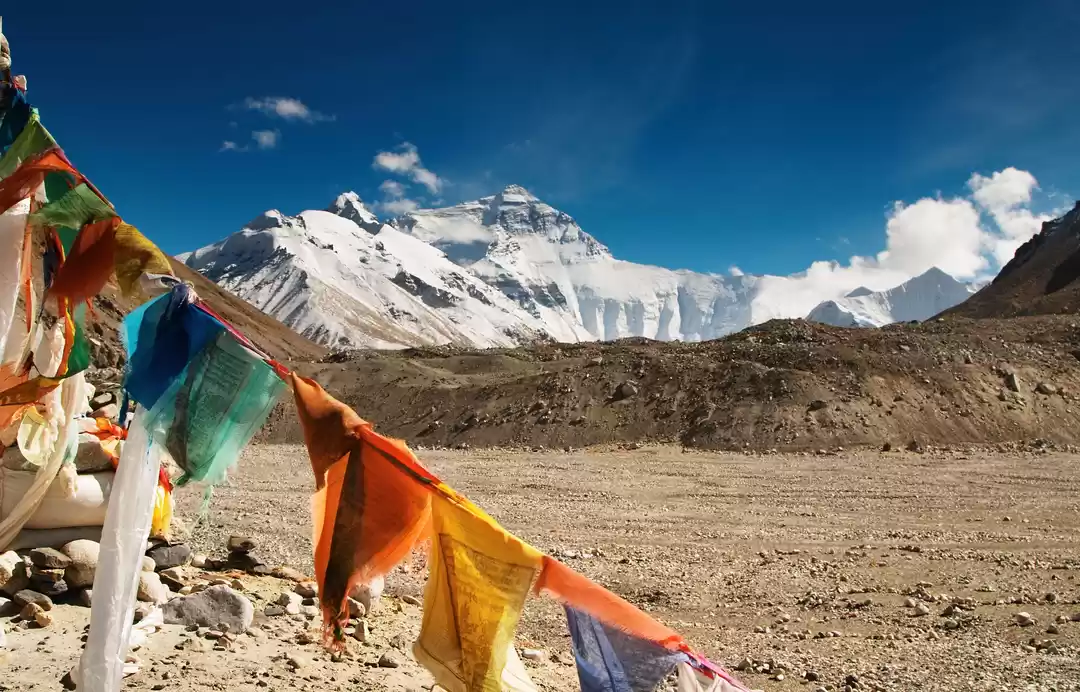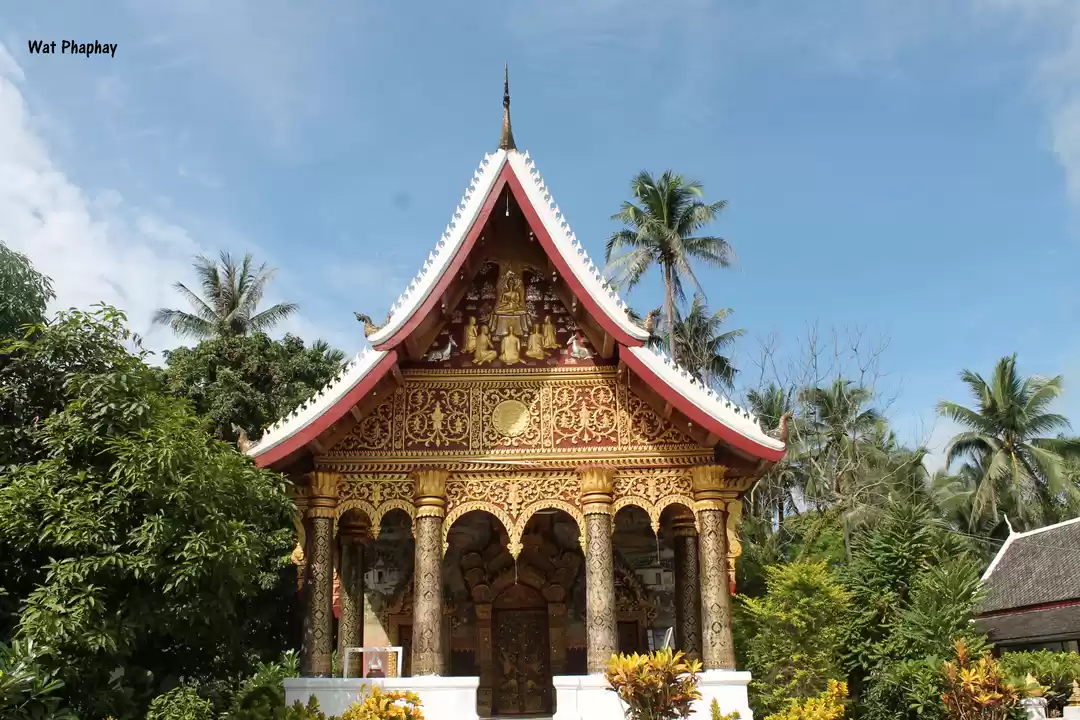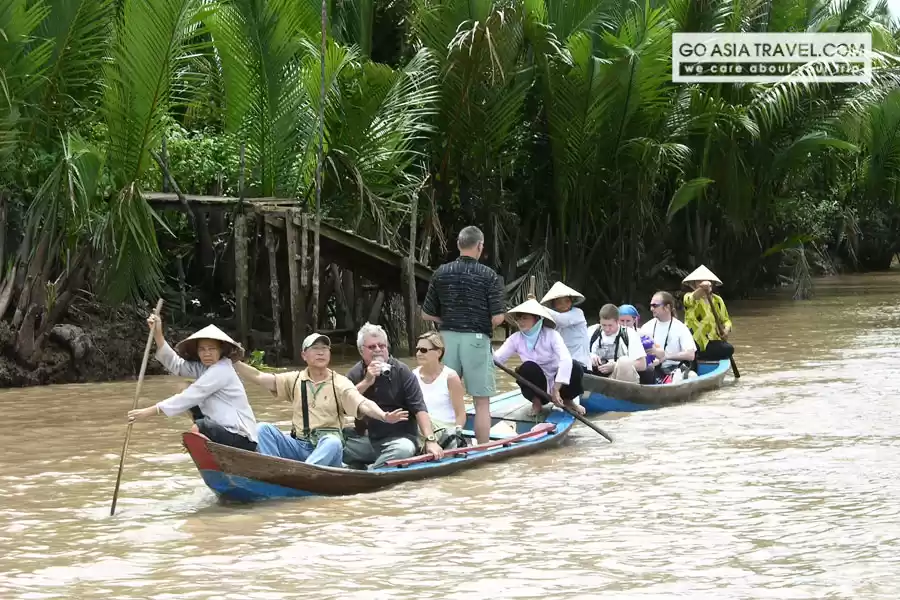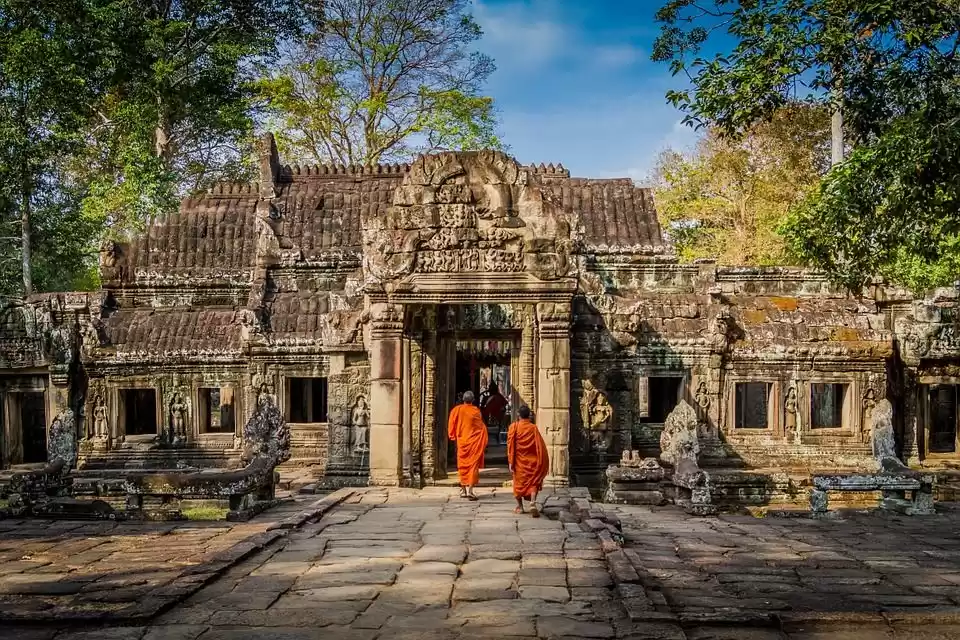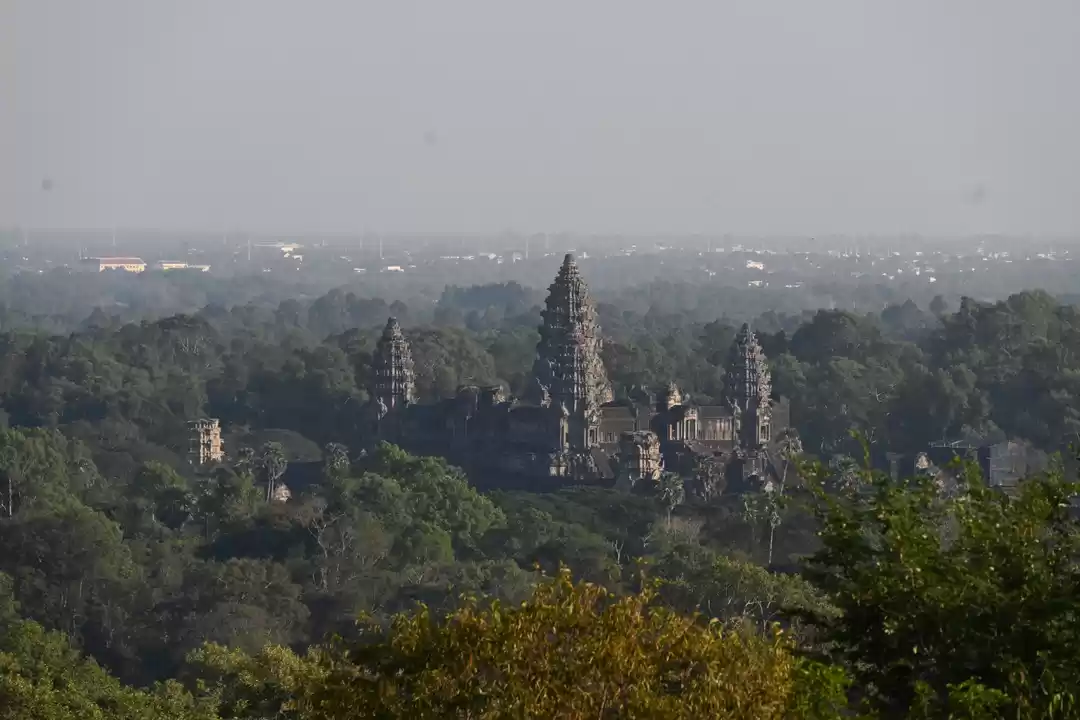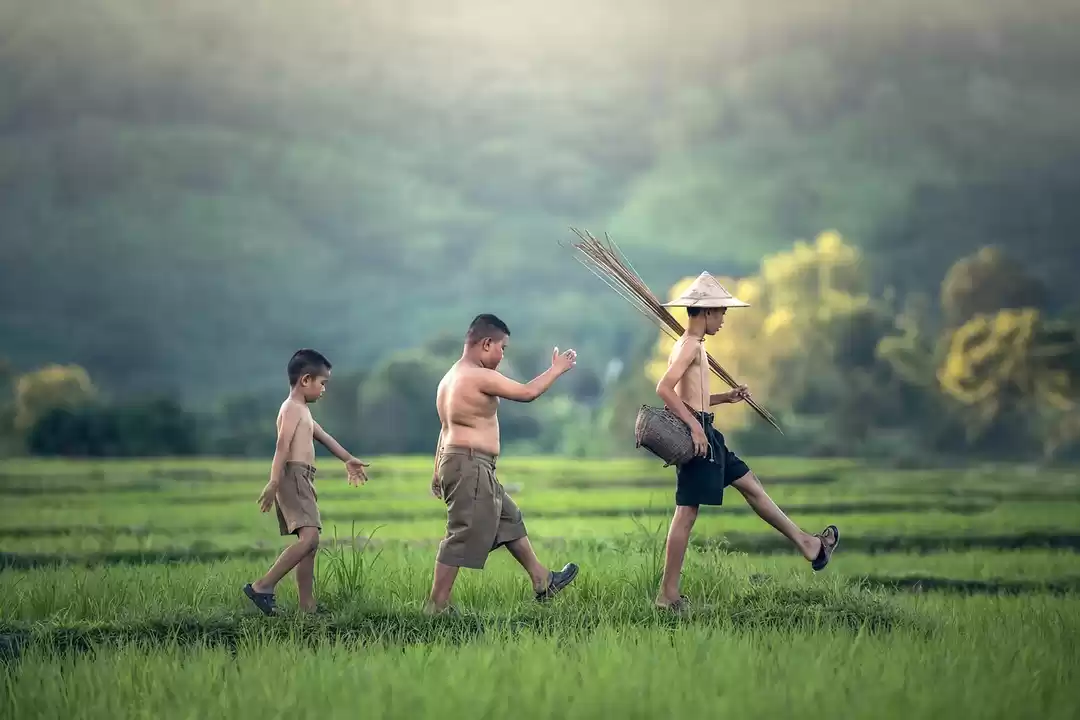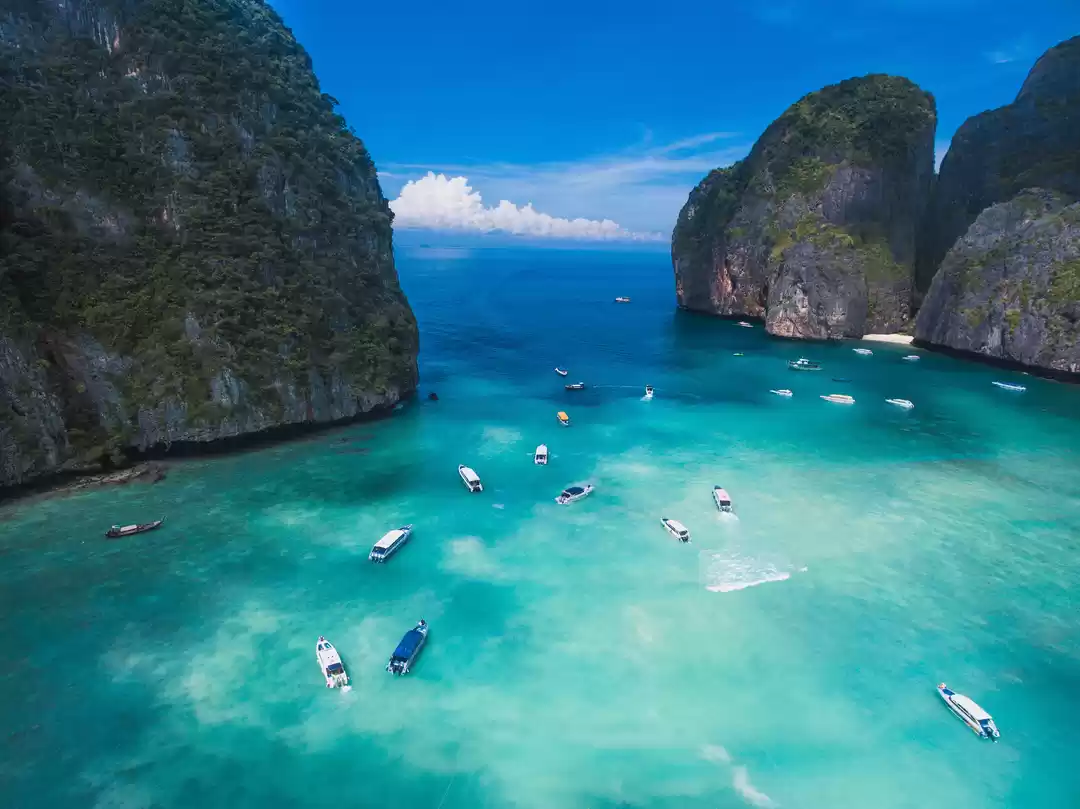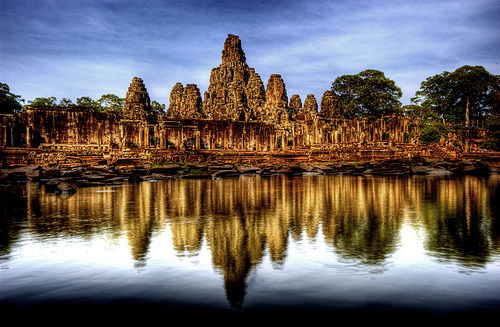
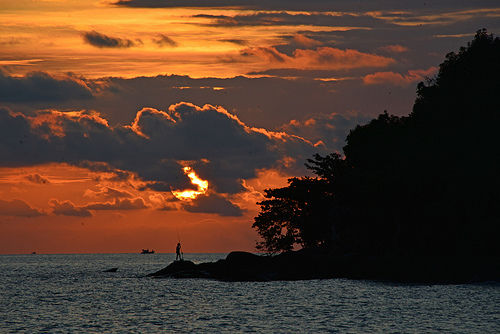
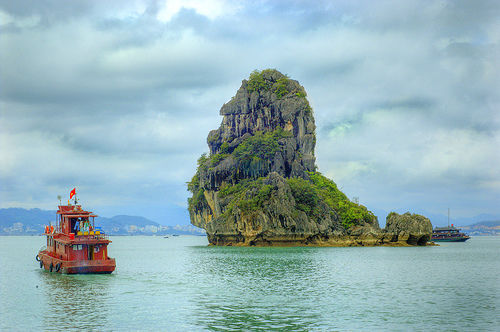


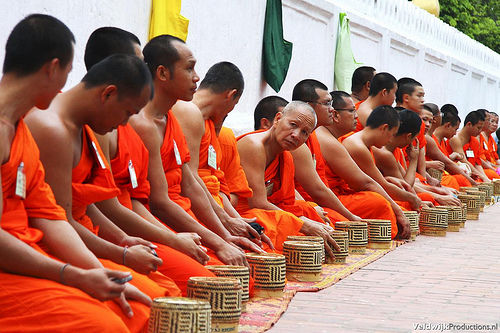
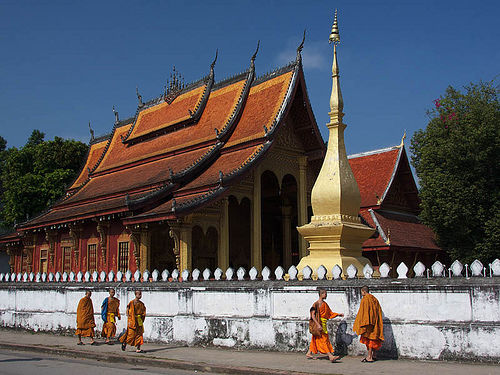
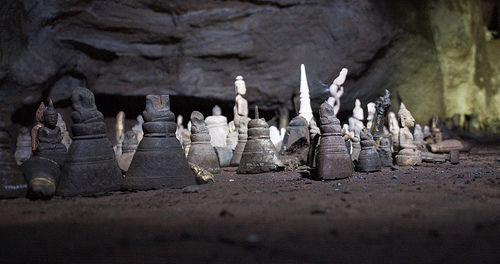
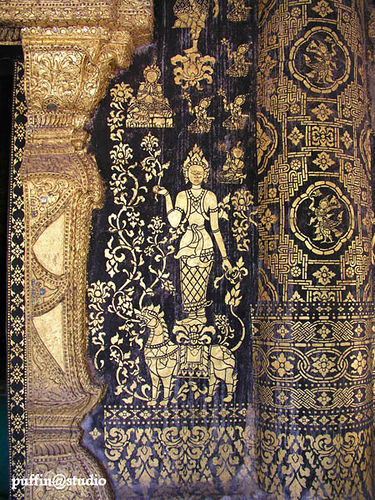
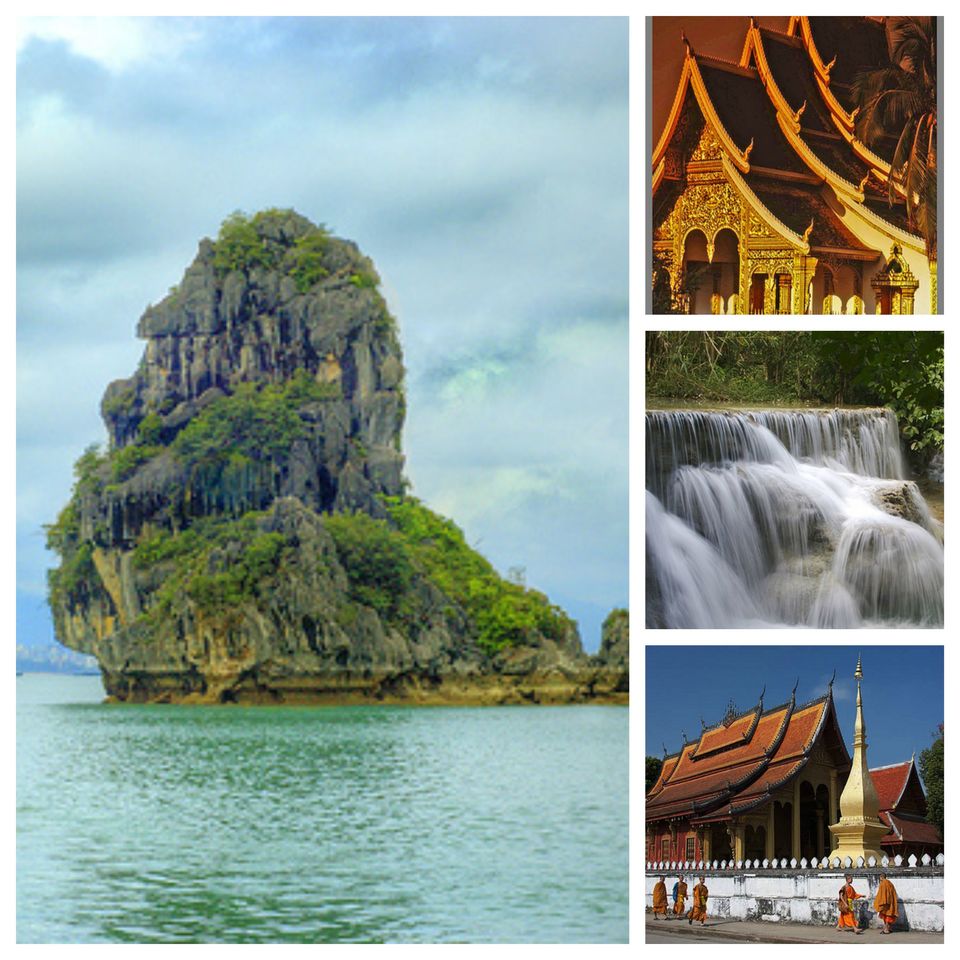
Showcasing the best of Cambodia, Laos and Vietnam, Indochina is home to numerous UNESCO World Heritage Sites. From the vibrant cityscape of Cambodia to Halong Bay's magnificent limestone karsts, and from marveling at the wonders of Angkor Wat to shopping for souvenirs in Ho Chi Minh City, this trip encompasses the highlights of the region.
We began the trip in lovely and languid Luang Prabang, Laos. It was an absolute delight to enjoy the combination of rich culture and lush nature in this charming town. Halong Bay, Vietnam is the only natural World Heritage Site on this list, and it is certainly one of the most memorable with a forest of karst peaks soaring skywards from the sea. From bikes and boats, to buffalos and bridges, it has been a wonderful experience throughout.
EXTRA INFORMATION
This is an itinerary outline for a private tour with your driver/ guide. It can be amended to suit your individual requirements
Contact us to create a holiday that is best suited for you - the right length, right place and right budget! We can create your ideal holiday!
COST INDICATION:
4 star accommodation: From £ 1725.00 per person
5 star accommodation: From £ 2090.00 per person
What`s Included
Private transfers and transportation as per program
English speaking guide for the whole trip
Accommodation with breakfast
Domestic airfares
All entrance fees and permits
Meals as indicated (L: Lunch & D: Dinner)
What`s not included
International Airfare
Travel Insurance - (cover against all cancellation costs, medical expense, including repatriation in the event of accident or illness)
Visas
Visas
You will need a visa for LAOS, CAMBODIA AND VIETNAM. Your Laos and Cambodian visa can be obtained upon entry – but you must obtain a visa for Vietnam before arrival. More details will be sent to you with your travel confirmation. If you are not a British citizen, please check with us regarding visa for Thailand
Climate
The World Heritage Tour of Indochina can be enjoyed at any time of the year. In general, North Vietnam experiences two seasons; summer and winter. Summers are dry and warm, averaging 25-33 degrees Celsius (77-91 degrees Fahrenheit). Winters (October to March) can be cool with temperatures in Hanoi averaging 10-20 degrees Celsius (50-68 degrees Fahrenheit) in January. Some winter months experience a light, drizzling rain. In Central and South Vietnam, the ‘dry’ season runs from November to May. Temperatures average between 22-30 degrees Celsius (72-86 degrees Fahrenheit). The ‘wet’ season is characterized by a brief shower late in the afternoon with temperatures from 25-33 degrees Celsius (77-91 degrees Fahrenheit).
Pre and post tour arrangements
If you would like to book pre or post tour hotel arrangements or are interested in doing additional quality touring before or after your tour please contact The Independent Traveller for more details and a quotation.
We started exploring the historic land of Luang Prabang along Sisavangvong St., the heart of the old quarter, and further proceeded towards the National Museum, which was set in the former Royal Palace. Built in 1904, the palace is an amalgamation of Laotian and French influences and houses many royal treasures. The most important item is the solid gold Pha Bang Buddha. After an exciting encounter with history, we moved towards the center of Luang Prabang, exploring the narrow alleys that criss-cross through the town, stopping to enjoy some views over the mighty Mekong River. After an exciting day, we returned to our hotel 'Villa Maly' which was a 4-star accommodation.
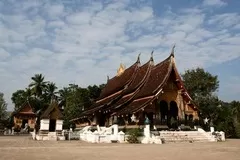
Next we traveled to Wat Xieng Thong, one of the most celebrated temples in Laos. There are over twenty structures on the grounds including a sim, shrines, pavilions and residences, in addition to its gardens of various flowers, ornamental shrubs and trees.
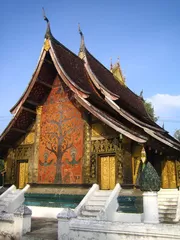
After experiencing divinity at Wat Xieng Thong, we took a boat up the Mekong River, passing abandoned riverside temples and isolated villages. Our destination is the Pak Ou Caves, a sacred spot where thousands of Buddhas were hidden for safekeeping during earlier invasions. Pilgrims have since added their own offerings and the caves are literally overflowing with Buddhas.
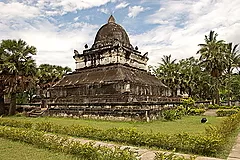
Walk through open farmland and forest trails to the Kuang Si Waterfall, which, though not very high, are striking in its lush jungle setting. Upon arrival there are plenty of opportunities to swim in the refreshing pools and enjoy a boxed picnic lunch. There is also the option to visit Ban Phonesay, a village well known for its silk weavings that have even been featured in the New York Time Magazine.
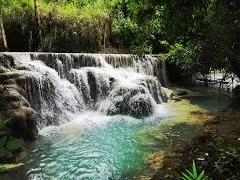
Explore the bustling Old Quarter on foot and walk through the vivacious street market before exploring a real hidden tube house. Meanwhile you can also rest and enjoy a delicious Vietnamese coffee along the fascinating view of the Old Quarter and Hoan Kiem Lake from the terrace of the house. We stayed at May D’Ville City Hotel.
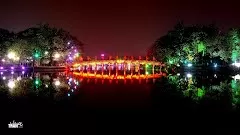
Visitors will find intriguing attractions like Ben Tanh Market, sandy beaches and mouth-watering food stalls. Racks of rainbow-colored silks fill stalls at the Ben Thanh Market. Ho Chi Minh is a city worth exploring.
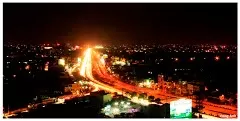
We drove to Ha Long City through the Red River Delta. We enjoyed a seafood lunch while cruising into misty Bai Tu Long Bay to see the amazing karsts with different formations, such as Teapot Islet, Dragon Islet, and Vung Oan Islet. You may stop to visit the Thay cave en route and have time for swimming and kayaking. After dinner, night fishing is available upon request or you can enjoy a quiet night in your cozy cabin.
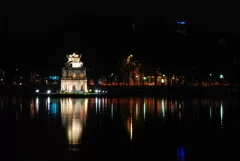
Recently named a World Heritage Site by UNESCO, this is a trading out-port dating back to the 16th century. Because of its location on the Thu Bon River, Hoi'An became a magnet for merchants from all over the world. Today its streets display a rich mix of Vietnamese, Japanese, Chinese, and European architecture and culture.
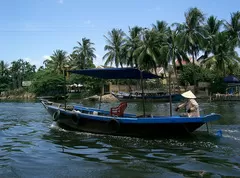
Siem Reap is the capital city of Siem Reap Province in Northwestern Cambodia, and a popular resort town serving as the gateway to Angkor region. We started with one of the earliest capitals in the Angkor area, Hariharilaya, now known as Roluos. We visited the brick temple of Lolei. This temple has some well-preserved sandstone carvings and the vast stone doors are carved from a single piece of stone. Putting the spiritual extravaganza on hold, we traveled out to the mighty Tonle Sap Lake to visit the floating villages Kompong Pluk and Chong. Everything floats on water in these living fishing communities. There are floating schools, floating shops, floating petrol stations, even floating karaoke bars. Many of the houses are floating fish farms with large pens of fish underneath. We then climbed the Phnom Krom for a glorious sunset over the Tonle Sap before heading back to Siem Reap by road.
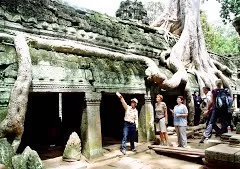
Ta Prohm has been abandoned to the elements, a reminder that while empires rise and fall, the riotous power of nature marches on, oblivious to the dramas of human history. It has been left as it was ‘discovered’ by French explorer Henri Mouhot in 1860. We continued towards the giant pyramid of Takeo, one of the highest temples in the Angkor area. In the morning we also visited the remains of an old Angkorian bridge which once spanned the Siem Reap River.
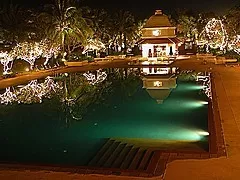
With the free time we had until departure, we woke up at the crack of dawn and ventured out to the Mother of all temples, Angkor Wat. Believed to be the perfect fusion of symbolism and symmetry and a source of pride and strength to all Khmers, this gigantic complex was built in the 12th century by King Suryavarman II, and is the most famous temple at Angkor.
